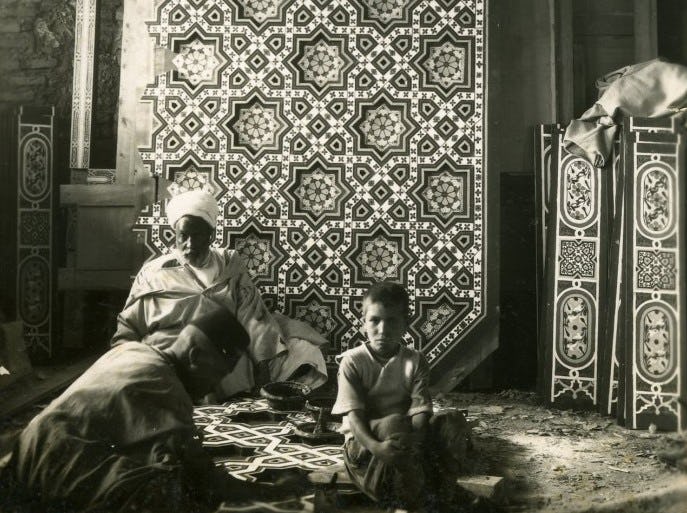Embroidered Silk and Cotton Shawl (Phulkari)
Date20th century
MediumCotton, floss silk
DimensionsOverall: 47 1/2 x 91 1/2 in. (120.7 x 232.4cm)
ClassificationsTextiles
Credit LineCourtesy of the Doris Duke Foundation for Islamic Art.
Object number85.60
DescriptionThis silk, embroidered shawl, or phulkari is densely embroidered in a lattice pattern, with red silk thread on white cotton cloth. Translated from Sanskrit, the word phulkari means “floral work” from phul (flower) and kari (work). The art of phulkari was practiced by women across many social positions in the Punjab region, now northern India and the Punjab province of Pakistan Traditionally, phulkari making was a personal, creative practice; young girls were taught to embroider by their mothers, and each developed their own unique style within their family group. With its surface entirely covered with embroidery, this type of phulkari is called bagh, meaning “garden.” These elaborate textiles could take months or even years to create. They were presented to brides on their wedding day and passed as heirlooms from one generation to the next.On View
On view19th - 20th century
19th - 20th century
19th century
19th - 20th century
Dated 1271 AH (1854 - 1855 CE)














